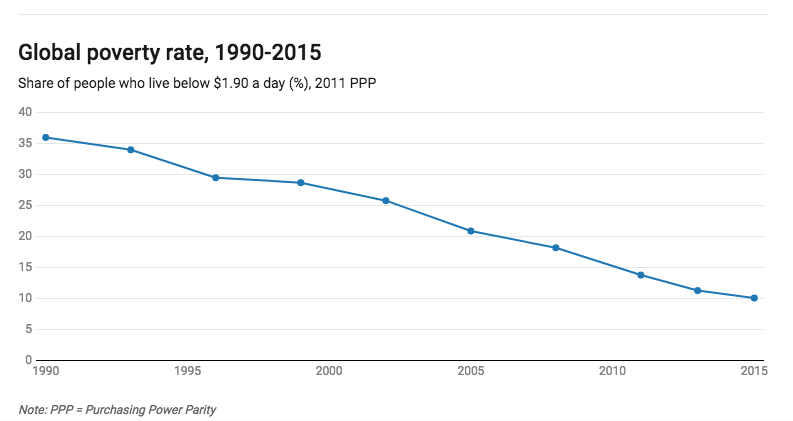What City Observatory did this week
1. You’re going to need a bigger boat. We’re excited that Minneapolis has pushed forward with the legalization of duplexes and triplexes in formerly single-family only zones, and that others (including Oregon) appear to be following suit. It’s a major achievement to recast “missing middle” housing as one way to meet the growing demand for urban living, and promote affordability. But, in our view, its just a first step. Duplexes, triplexes and fourplexes at best offer only a modest increment to housing supply. We also need to legalize apartment construction in more places. We offer up a side-by-side example of the housing market impacts of fourplexes and apartments. The apartments accomodate more people, use land more efficiently and are far more affordable. Achieving greater density by building apartments also means we need to demolish fewer existing housing units to accomodate more new residents. The missing middle is a step forward in rethinking urban housing, but it’s just the first step.
2. Ten things more inequitable than road pricing. Congestion pricing is the one proven way to reduce traffic congestion; but almost every time its advanced as a real possibility, opponents suddenly discover a deep concern for the plight of the poor. It’s inequitable, they argue, to charge low income people for using the roads. For anyone with a passing familiarity with the way we finance urban transportation in the US, this is concern-trolling of the highest order. We itemize ten features of our current transportation finance system that are more inequitable that congestion pricing. There are lots of things we can do to make transportation more equitable–and applying this standard only to congestion pricing, while turning a blind eye to the deep inequities of the current system, means transport continues to be both less efficient and less fair than it should be.
Must read
1. Seattle rents are going down, thanks to increasing supply. The Seattle Times Mike Rosenberg has another data-laden article on the local housing market. The city is still in the midst of an apartment building boom, and the number of new units coming on line is having a visible impact on rents and vacancies. Citywide apartment vacancies are at double digit levels, and vacancy rates near job centers are even higher: downtown is 16 percent and South Lake Union (home to Amazon) is 18 percent. As a result, landlords are offering concessions, and rents are dipping. Moreover, effects of added supply are spilling over to affect the existing, older apartment stock. Rosenberg writes, “even landlords with older apartments are having more trouble finding renters.”
2. Mall of America taps Opportunity Zone tax break. Depressed inner-city neighborhoods and their low income residents were the poster children for the Opportunity Zone program included in the 2017 tax act. But as it turns out, the big payoff of the opportunity zone is for big dollar, high profile real estate development projects that would seem to have few, if any benefits, for the chronically disadvantaged. First, there was Amazon’s Long Island City HQ2, located smack dab in on Opportunity Zone. Now, as related by the Star Tribune, there’s another high profile project that’s cashing in on the Opportunity Zone law: the Twin Cities Mall of America. How does this bustling mall qualify as a distressed neighborhood, you ask? The law ties eligibility to the demographics of a census tract, and Mall of America is located in a tract that includes some low income residents living in older apartments, some almost a mile away from the mall itself.. The underlying theory behind opportunity zones is that its proximity to jobs that determines economic success and poverty, but that’s a remarkably simplistic and incomplete hypothesis, as this example illustrates.
3. Big Cars Kill. Canada’s National Post has a thoughtful summary of the research on the lethality of taller, heavier vehicles. Because of their height and weight, when they collide with smaller vehicles–not to mention bicycle riders or pedestrians–they’re much more likely to maim and kill. Adding a thousand pounds to a vehicles weight increases the probability that it will kill someone in a collision by 40 percent. Declining gas prices has prompted people to buy more sport utility vehicles, and perversely, the widespread understanding that larger vehicles are safer (for their occupants, though not for society at large) is one factor prompting greater SUV sales. But that’s a negative sum game: one study estimates that for every occupant saved by being in a bigger, heavier vehicle, four pedestrians, cyclists or occupants of smaller vehicles die. It’s an expensive, unwinnable arms race that’s bad for society and the environment.
New Knowledge
Global poverty has been reduced by two-thirds since 1990. We tend to focus a lot on the implications of globalization for those who are dealing with disruption in the US; but in the Third World, there have been huge economic benefits. The World Bank estimates that the rate of extreme poverty–measured by the share of persons living on the equivalent of $1.90 or less per day, has fallen from about 35 percent of the world’s population to about 10 percent. There’s much, much more we need to do to address poverty and inequality, but the past few decades have witnesses a remarkable reduction in poverty among the worst off.
In the News
Our commentary on the limits of missing middle housing was the number one read story at The Overhead Wire this past week.
Strongtowns re-published our commentary on ten things that are more inequitable than congestion pricing.



